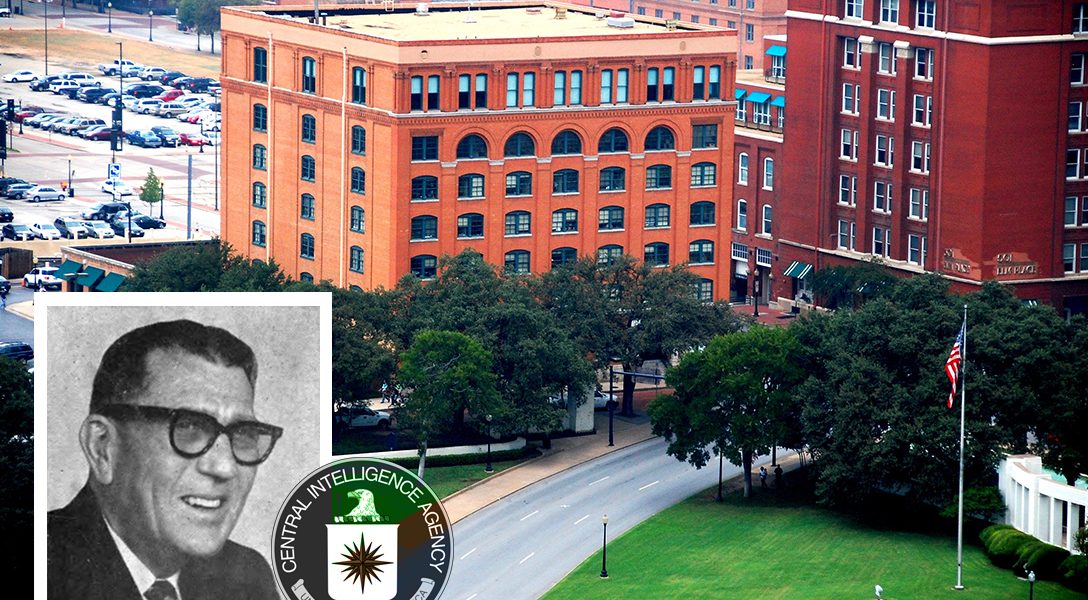Earle Cabell, mayor of Dallas on the day of President John F. Kennedy’s assassination, and brother of the former Deputy Director of Central Intelligence, was himself a CIA asset when JFK was murdered.
Here is the first major revelation from the historic release of previously withheld government records on the JFK Assassination: the mayor of Dallas when President John F. Kennedy was killed in that city was a CIA asset.
We were alerted to this salient fact by retired military intelligence officer and author John Newman, who is conducting a thorough analysis of the long-secret documents.
At the time of the assassination, Dallas Mayor Earle Cabell, brother of one-time Deputy Director of Central Intelligence Charles P. Cabell, had been a CIA asset since 1956.
It is worth noting that Kennedy dismissed CIA Director Allen Dulles in November 1961, and that Earle Cabell’s brother Charles left the CIA on January 31, 1962, after Kennedy forced him to resign. Thus, both Dulles and Charles Cabell were no longer working for the CIA on November 22, 1963, when Kennedy was killed.
Earle Cabell, who had been elected mayor of Dallas in May 1961, oversaw arrangements for Kennedy’s trip and motorcade, which took him through Dealey Plaza, a route that violated almost all standard rules for presidential safety — and where normal safeguards, such as sealing windows and placing sharpshooters, were ignored. This is of interest to researchers into the assassination, who have been collecting evidence of CIA ties to a host of individuals who figure in the events of 11/22/63 (see also WhoWhatWhy Editor-in-Chief Russ Baker’s Family of Secrets for more on this topic.)
Below is Earle Cabell’s 10/17/56 CIA Secrecy Agreement, his CIA 201 file cover sheet (a “personality” file opened on actual or potential agents, assets, or informants), his 5/13/57 CIA Personality 201 File Request, and a cover sheet indicating that the House Select Committee on Assassinations (HSCA) reviewed his 201 file.
It is quite remarkable both that this document was withheld all these years under the criterion that it was “Not Believed Relevant” (NBR) to the Kennedy assassination. Judge John Tunheim, who led the JFK Assassination Records Review Board, a 1990s successor to the HSCA, recently said he now believes that many of the NBR-designated documents are indeed relevant.
This raises the question of who is determining which documents to release, what training they receive, and under what instructions they operate.
WhoWhatWhy will continue to cover the records release and welcomes all public input.
104-10215-10213


